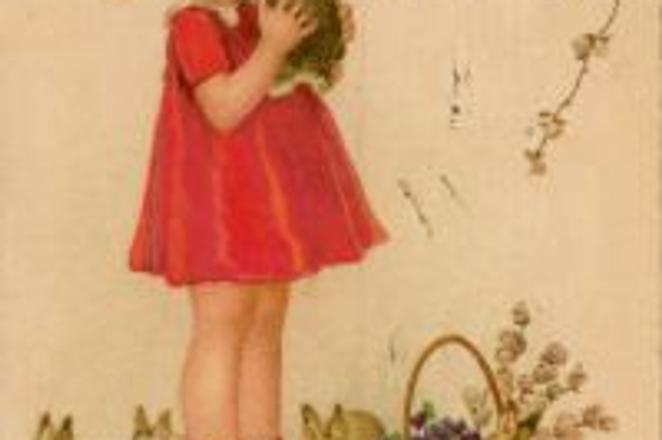THE LAST day of the Easter holiday, Easter Monday, brings traditions that may be difficult for many foreigners to understand. Yes, the drenching and whipping of women is intentional, though to be honest, not even Slovaks themselves often know the meaning or the roots of these rituals.
Few Slovak women pro-test these practices, as they actually consider them a form of respect. In fact, even a few decades ago, it was seen as a sign of shame or dishonour for a girl if the local boys did not shower her with water and strike her with a special whip called a “korbáč”.
Easter rituals originated in the ancient past and they symbolise good health and a new life. For example, the whips were usually made from willow switches and they symbolised the fertility and life-giving force of nature. Water, eggs, green grass and small rabbits, as seen in this Easter postcard from the late 1940s, symbolised springtime. It may go without saying that these traditions have their roots in pagan rituals, and we can admire how they were later adopted and incorporated into Christian traditions. Whipping was more common in southwestern Slovakia, while showering the local women, or dunking them in creeks, was more common in the east. The men participating in the whipping and showering were rewarded, although this differed from village to village. And why were eggs given? They symbolised fertility.

